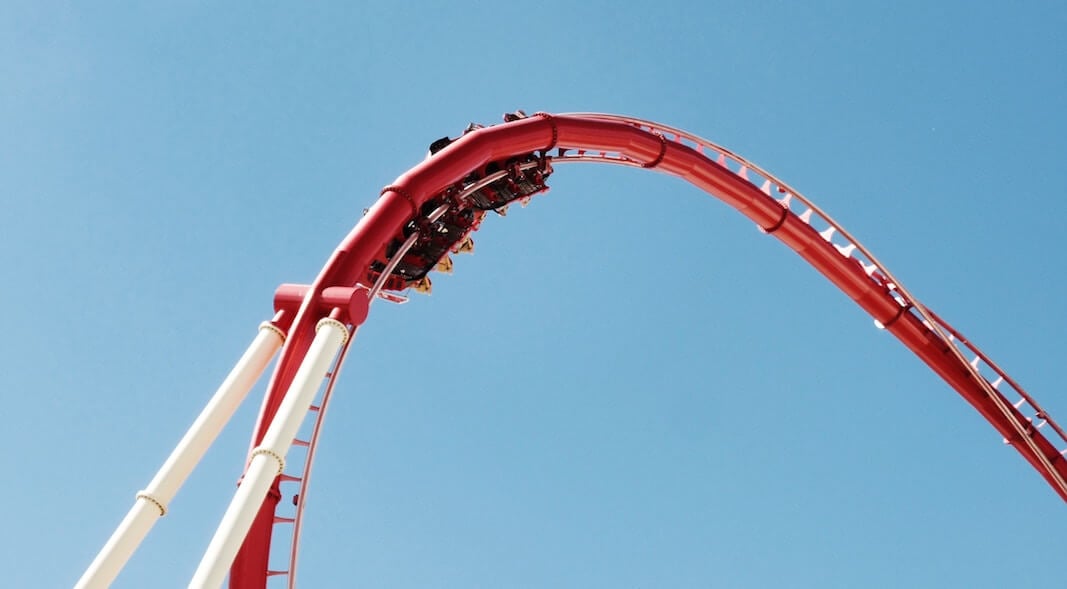If you've followed the Triptease blog for a while, you might have heard us mention the importance of parity once or twice. Our core belief is that parity is central to providing the best possible experience to guests on your website. You can find out lots more about it on the FAQs section of our website.
This week, we decided to take another look at the impact of being undercut on a hotel's online conversion rate. We crunched the numbers for 500 of our largest clients by website traffic over Q4, bucketing them into groups based on their average undercut rate (the rate at which OTAs are displaying cheaper prices than the direct hotel website).
We found that those undercut between 0-10% of the time converted users at an astonishing 34% higher rate than those being undercut 30-40% of the time.
Moving from left to right, you can see conversion rate increasing as undercut rate goes down. Those undercut only 0-10% of the time have a booking engine conversion rate of 6.44%, significantly higher than the 4.79% experienced by hotels undercut between 30-40% of the time.
Note that this is booking engine conversion rate - so it represents people who went on to book after having made a search. This is not to be confused with website conversion rate, which denotes the rate at which any visitor to your website goes on to book.
This uplift figure includes the dual effect of being in parity and Triptease's Price Check being displayed to guests when the direct price is the same or cheaper than on an OTA.
This graph displays that the most important thing a hotel can do to boost conversion is to minimize their undercut rate. It also proves that consumers are comparative shoppers. If you're being undercut, your guests will know about it. They will find the cheapest price and book elsewhere. It can be easy to fall into the habit of viewing undercutting as an inconvenience only for hoteliers - but when a guest sees a hotel charging more than an OTA for the same room, they don't feel sorry for the hotelier or angry that the OTA is undercutting them. They feel as though the hotel is trying to rip them off. Unfortunately, we cannot be surprised that guests do not choose to book direct if they can easily find a better price elsewhere.
What this graph doesn't reveal is the extent of brand damage caused in the long term by high undercut rates. Every time a hotel is undercut and a potential guest sees it, that's another guest who has learnt that it's better to book elsewhere. Not only does this weaken trust in the individual brand, it weakens trust in the whole 'book direct' movement.
Investing time in parity management - whether that be by manual checking, or using a tool such as Triptease's Disparity Dungeon - pays serious dividends when it comes to satisfying your prospective guests and boosting your bottom line.
Interested in learning more about parity? Check out these related posts:
Want to keep up with Triptease content? Sign up for our newsletter and we'll send your our best direct booking tips fresh to your inbox every week.
